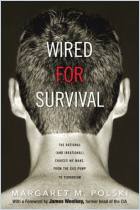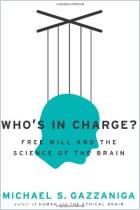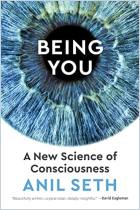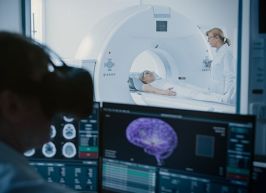Join getAbstract to access the summary!

Join getAbstract to access the summary!
Andy Clark
Surfing Uncertainty
Prediction, Action, and the Embodied Mind
Oxford UP, 2015
What's inside?
Brains can think and dream in a chaotic world because they mastered the art of prediction.
Recommendation
The human brain is only meat. The enigma has always been how a mere hunk of matter can be conscious, and can reason, create, fantasize and feel. At least one of the crucial answers is that, in a chaotic, uncertain world in constant flux, the brain learned to predict. Prediction fuels a variety of mental states, including perceiving and imagining, and the intentions that lead to our actions are expressions of these mechanisms. A complicated web of neurological connections at a variety of levels generates these predictions – probabilistic assessments of the immediate future. The “predictive processing (PP)” theory offers an intriguing perspective on the way the human brain interacts with the world.
Summary
About the Author
Professor of cognitive philosophy at the University of Sussex Andrew Clark also authored Supersizing the Mind: Embodiment, Action, and Cognitive Extension.




















Comment on this summary